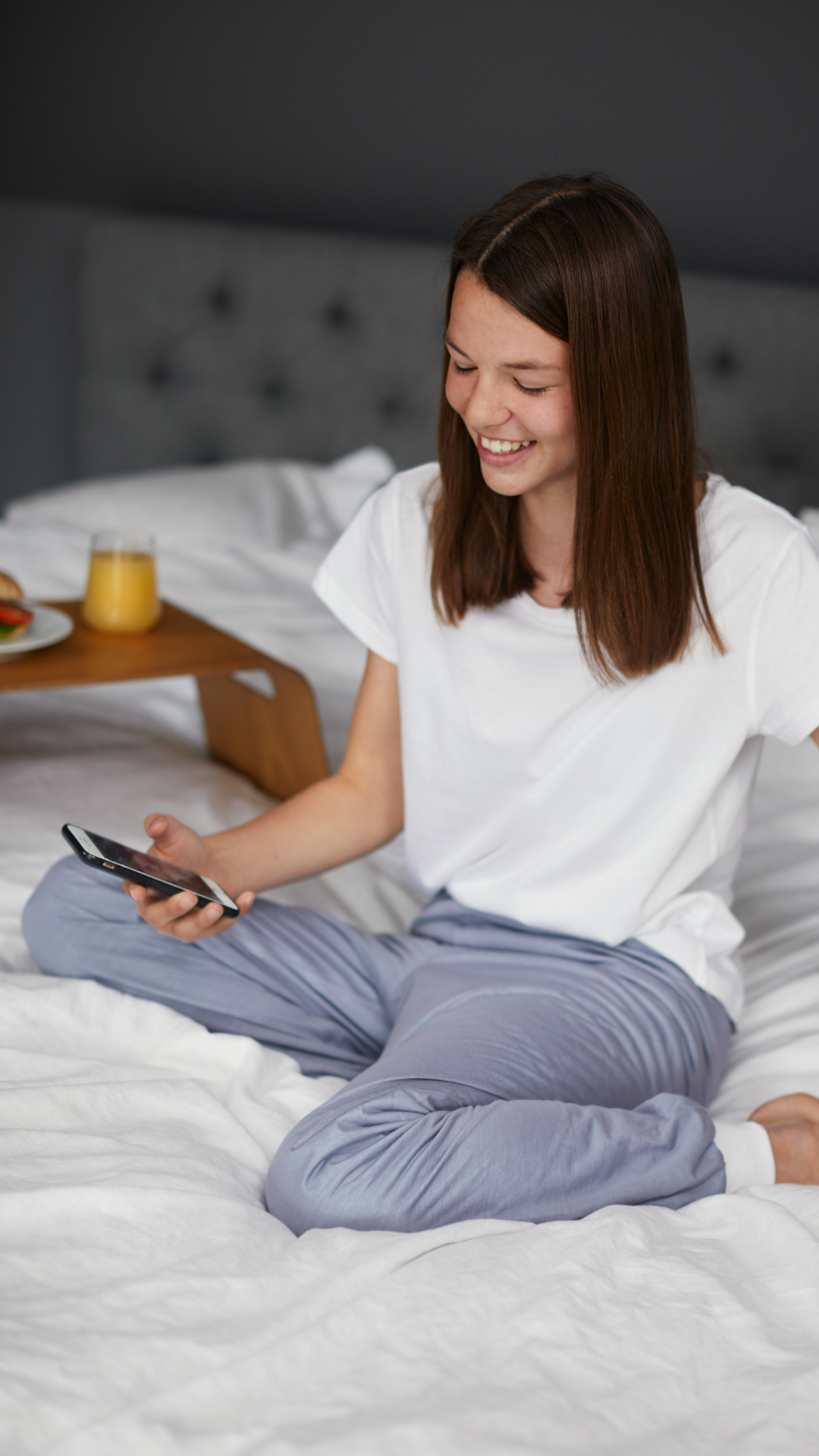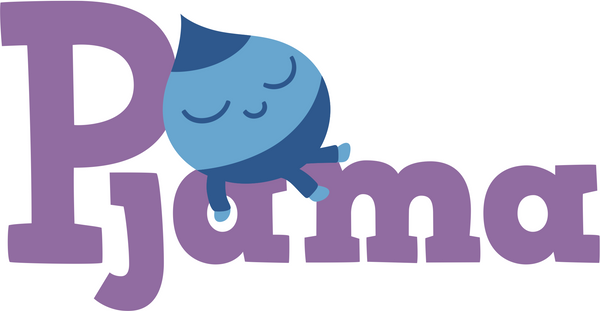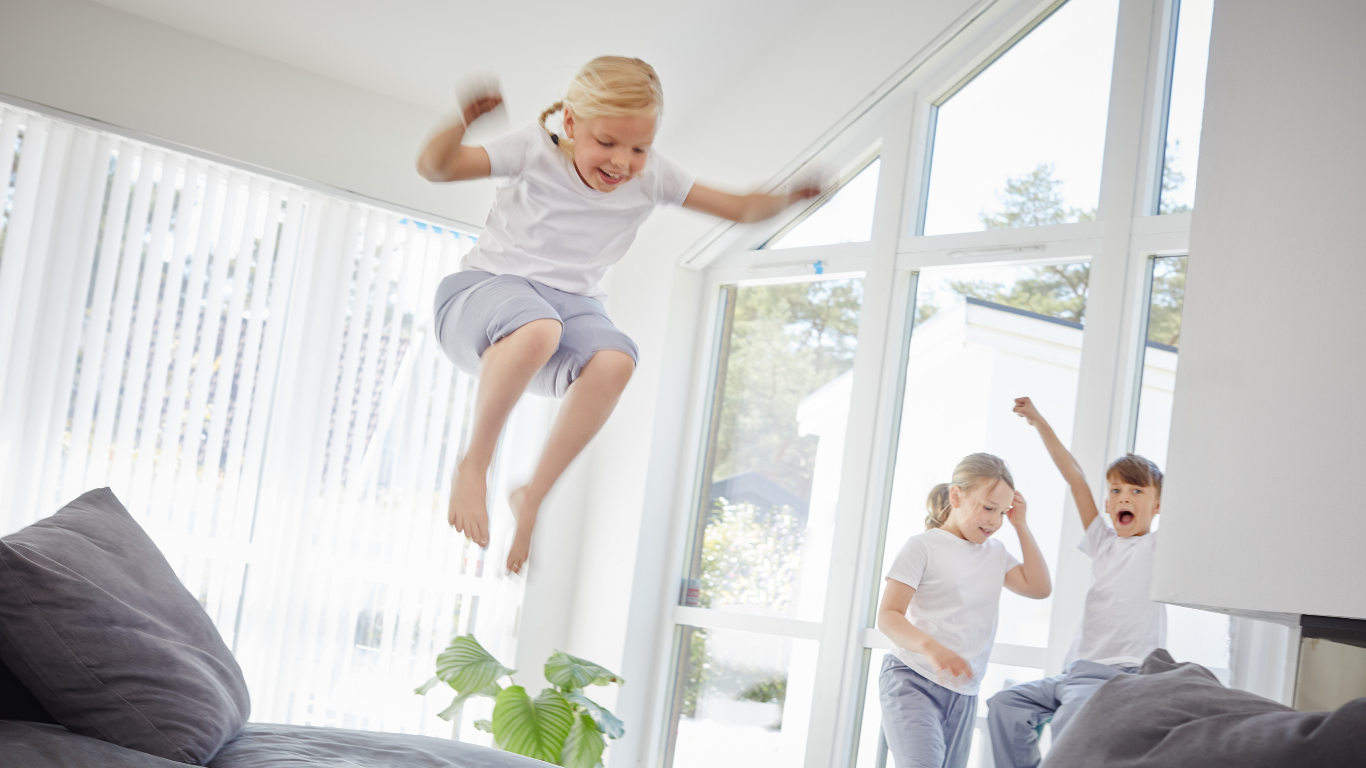
BEDWETTING ALARM TREATMENT ADVICE
WE KNOW HOW DAMAGING BEDWETTING CAN BE FOR THE WHOLE FAMILY
The problems caused by bedwetting are many; children that avoid sleepovers, camps and missing out on other social activities. Parents that wash sheets and comforters every day and spend so much time worrying for their child. And so much more.
YOU ARE NOT ALONE!
We put together a small guide with some treatment tips and tricks to help your child get better. Please don’t hesitate to contact us if you have any other questions.
First things first – Get help from a professional to get a proper diagnosis. Sometimes bedwetting can be caused by other factors that need to be addressed first.
Patience and motivation are key for a faster treatment, and long lasting recovery. If you are just getting started, think about your end goal – a dry bed without any aid. If the end goal seems too far away, try to set up smaller goals, and give the child pep talks and compliments along the way.
And always remember that you will get through this!
If you are a parent or guardian of a child that is using the Pjama treatment system you need to be motivated. If you are motivated, your child will be too!
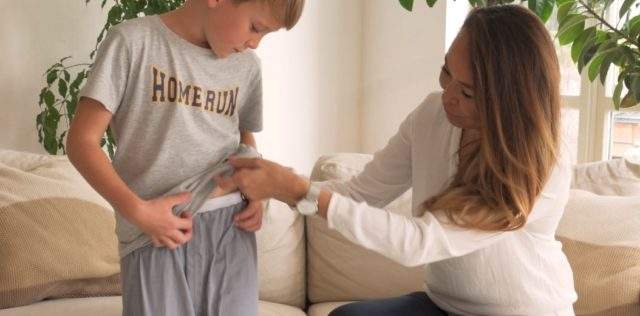
BEFORE TREATMENT STARTS:
- Place the alarm unit near the child’s bed.
- Don’t forget that the child has to pee before it’s time to sleep.
- Put on the sensor/trousers before the child goes to bed.
- Parents should sleep near the child (same room/rooms nearby) for the
first few weeks so that the child can get quick help when the alarm
goes off.
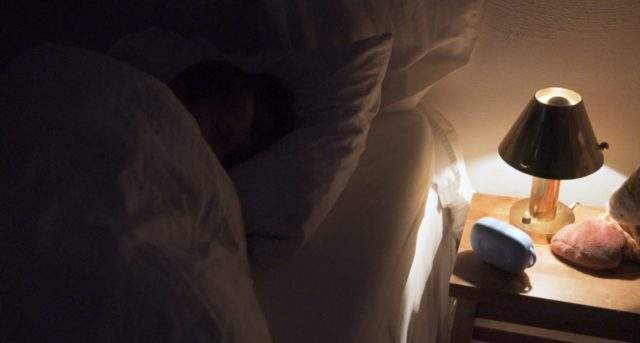
DURING TREATMENT
- If an alarm treatment is started, the alarm must be on every night.
- If the alarm goes off, the child should wake up, stop peeing, turn off the alarm and go and finish peeing in the toilet.
- If the child does not wake up when the alarm goes off, the parent must wake the child so that he/she can turn off the alarm himself/herself.
- From a ciinical perspective it is only necessary to register one incident per night. If the alarm goes off, you don’t need to turn it on again.
- Remember to remove the sensor from your clothes/pants/underwear when you have turned off the alarm to prevent the alarm from going off again.
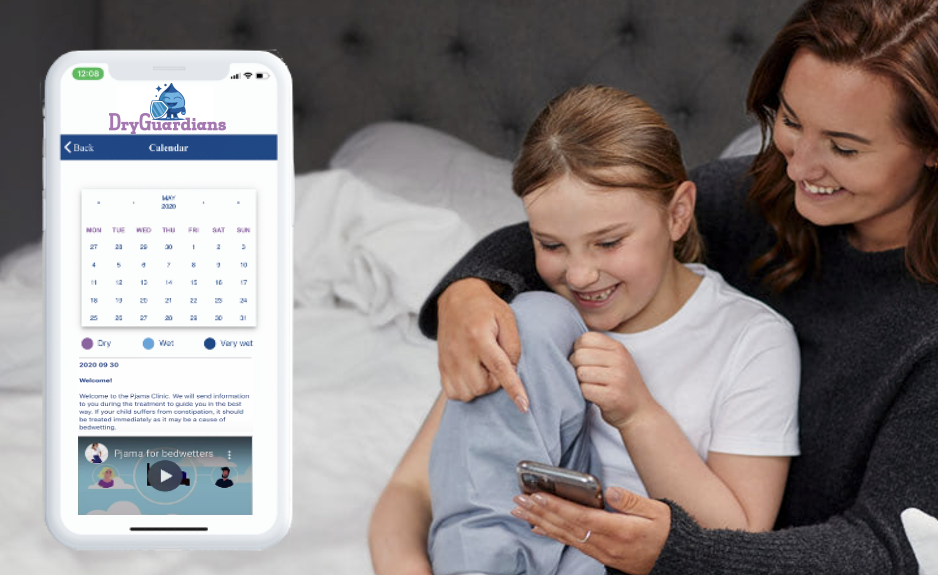
REGISTRATION OF EVENTS DURING TREATMENT:
- Important! When your child goes to bed in the evening register the time in the DryGuardians App. You can do this later if you forget.
- The time of the urinary incident is automatically registered in the DryGuardians App. Make sure the App is turned on and bluetooth is turned on. If the incident is not registered automatically it can be entered manually afterwards.
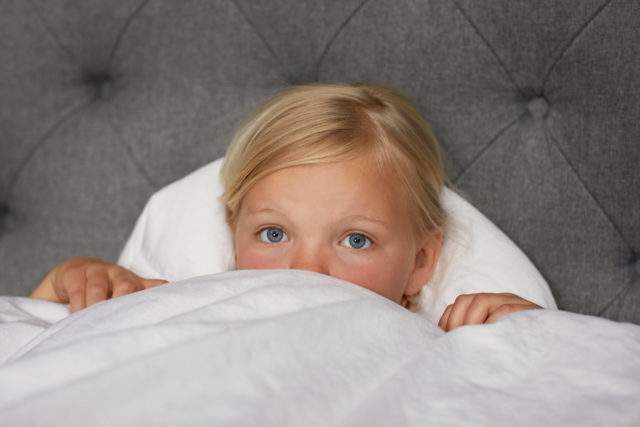
ABOUT THE TREATMENT
- The first weeks are usually the hardest.
- The effect of the treatment usually does not occur immediately, so be patient.
Eventually you may start to notice less volume of pee per incident and more and more dry nights. - If you want to prevent the pee from getting into the bed, it’s fine to wear a diaper/pjama pants or shorts outside the underpants or
panties. - The ICCS (International Children's Continence Society) states that it should take 4-8 weeks to treat bedwetting. If you want to use the alarm longer, that’s ok, but if you are not seeing improvement or success after 12 weeks it is recommended to stop the treatment, seek help, or try later.
- If the treatment does not help the first time, you can try again later.
- The child can have a reoccurence after being treated using a bedwetting alarm. Things change. Do not stress. It is OK to try the bedwetting alarm again and usually it helps the second time around.
GENERAL ADVICE
-

CHANGE TOILET HABITS
Create a bathroom schedule. Make your child sit on the toilet 5 times a day, and just before bed. Even if they do not have to go. Get help from the Pjama app day alarm.
-

REDUCE THE AMOUNT OF FLUIDS YOUR CHILD DRINKS 1-2 HOURS BEFORE BEDTIME
Encourage your child to drink 1-2 extra glasses of water in the morning or at lunchtime. Avoid caffeinated and carbonated drinks like soda. In the evening, only drink to prevent thirst. Try not to drink anything 1-2 hours before sleep.
-

USE PJAMA BEDWETTING ALARM WITH DRYGUARDIANS
80% of children using bedwetting alarms overcome the problem within three months. No medicine needed. The success of alarm therapy depends on the parents understanding that this is a learning process. Without patience, the frustration can result in quitting. Please, try to not give up.
In the beginning, the parents need to wake up with the alarm and wake the child up. Go to the toilet and try to pee for a couple of minutes. Choose 3-4 months when a simple home routine can be made for the child. When a treatment has started the alarm should be used every night. If the child is sleeping away you can use a mobile phone with vibration only for a more discrete wakeup alarm. -
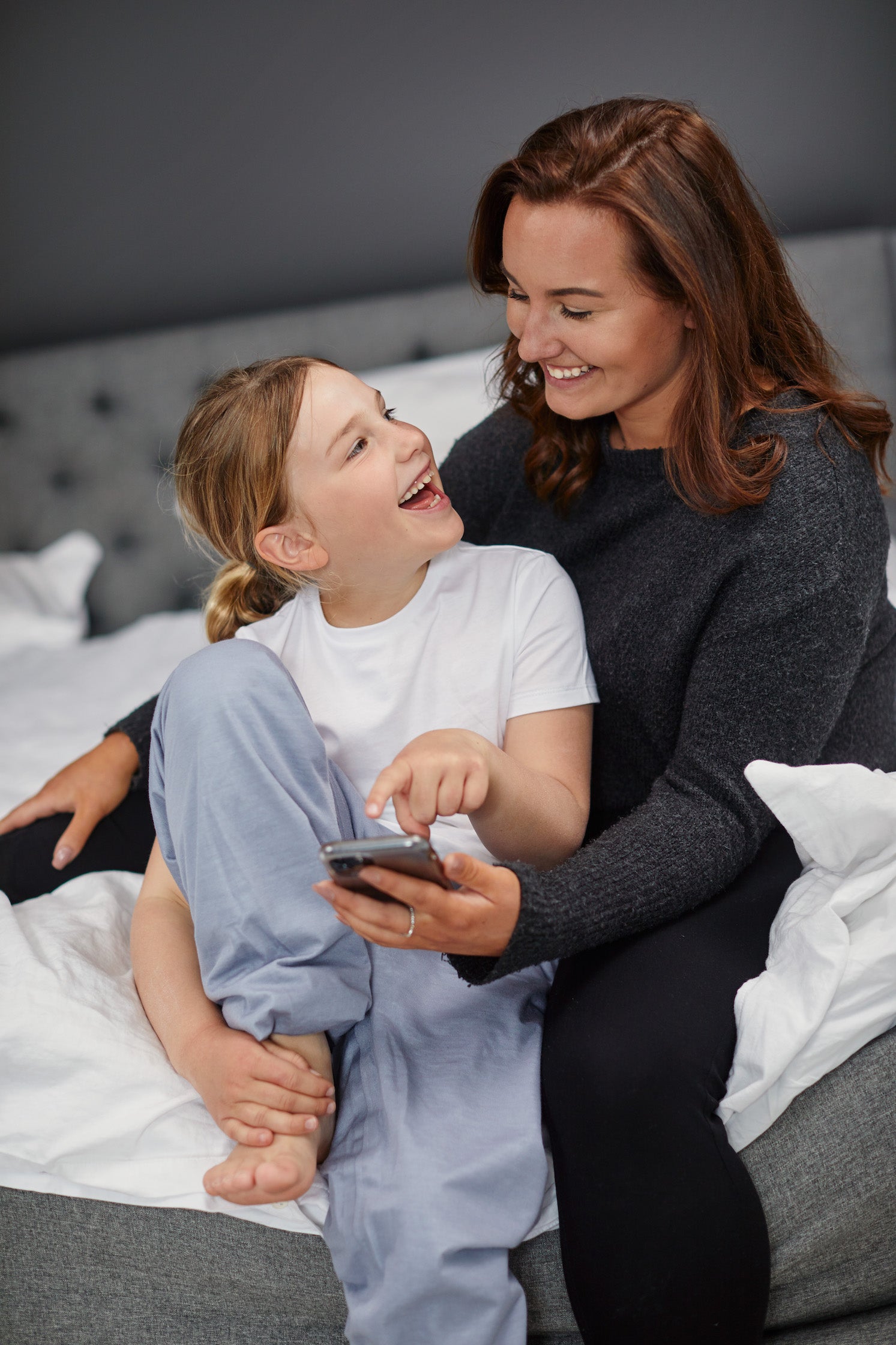
INVOLVE THE CHILD WHEN PLANNING
It is important that everyone involved participates and are aware of what the treatment plan is. Keep a calendar to monitor progress. This is available in the DryGuardians app.
Never punish your child for having accidents. Punishment is counter productive.
When having sleepovers, simply remove the sensor from the child’s Pjama pants or shorts. Or, set the smartphone alarm to vibrate rather than an alarm sound, meaning that the child can continue treatment while sleeping away from home, and being discreet about it.
WHAT NOT TO DO!
-
SCHEDULED NIGHT WAKING
This can be helpful in the short term but it is hard to do over time and it does not always help.
-
PELVIC FLOOR MUSCLE EXERCISE
Children who hold their urine on purpose during the day may develop problems with urgency, daytime wetting and even UTI’s.
